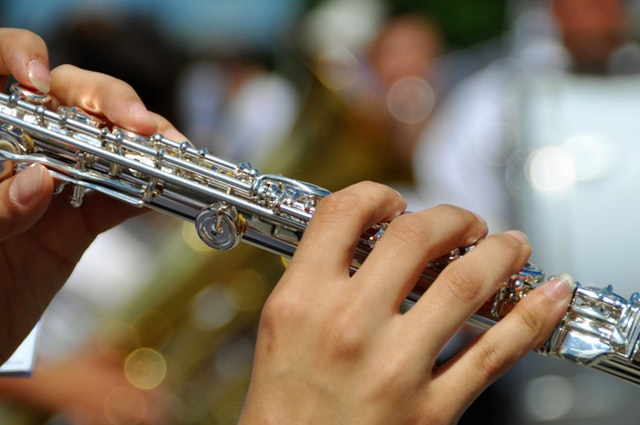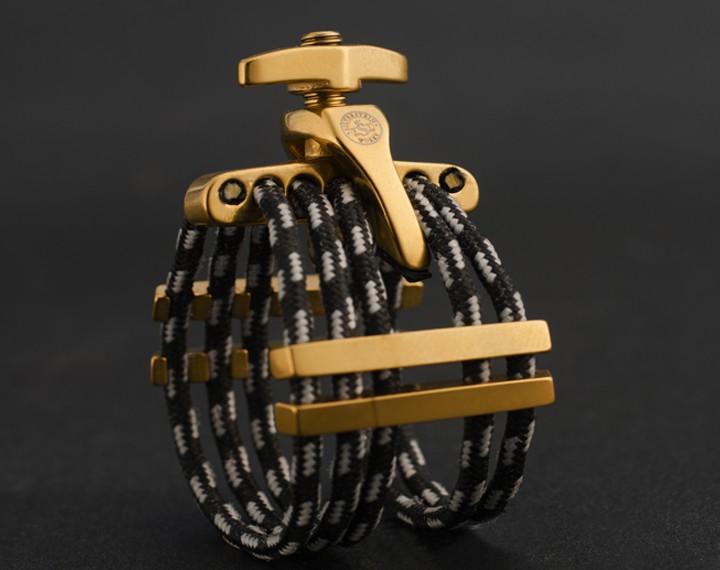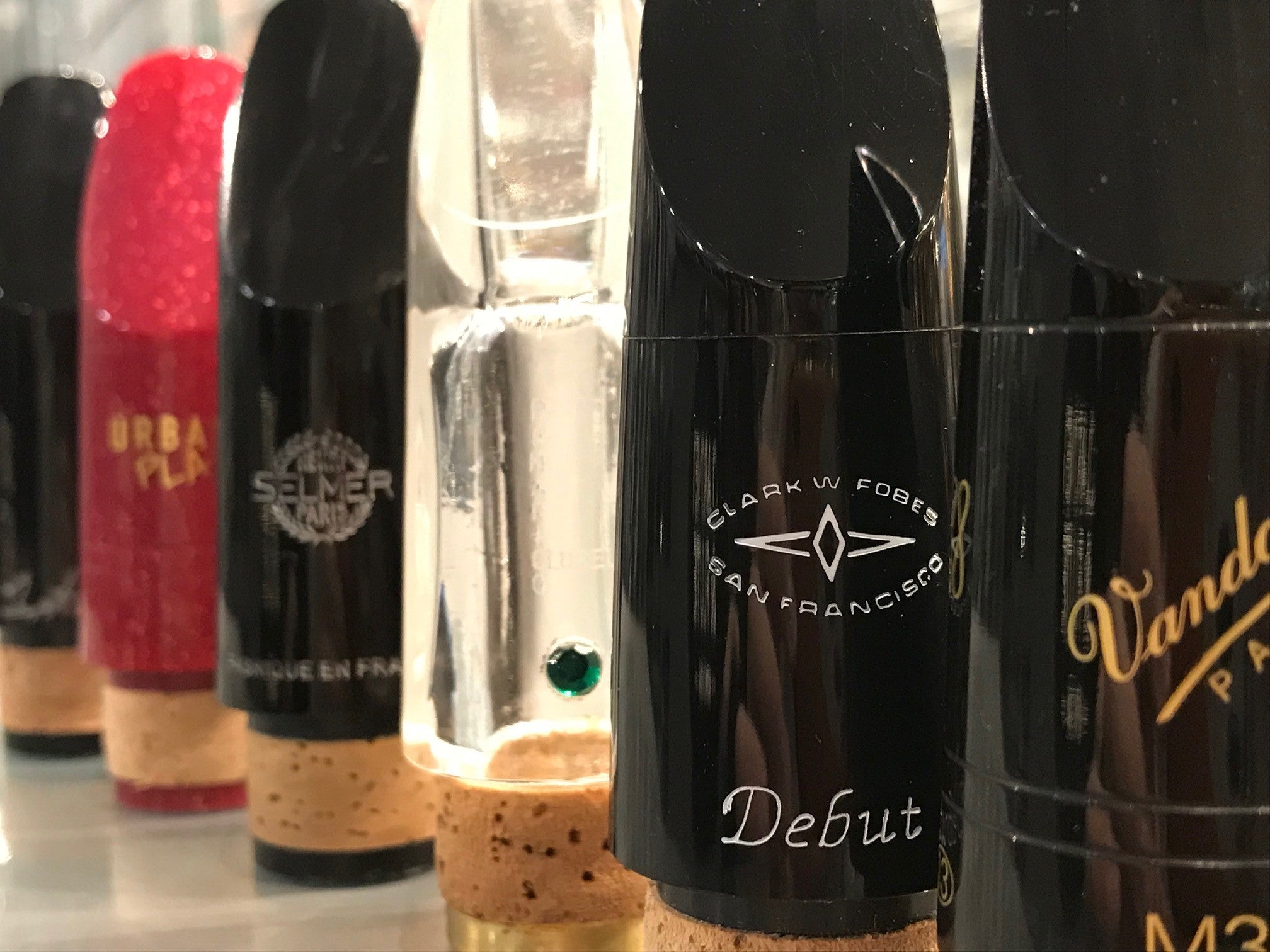
Jargon Buster for Flute
Inline; offset G; split e mechanism; curved head; French key arms; trad lip; silver lip;….but what does all this mean?!!! – welcome to the Jargon Buster which should hopefully explain everything listed above and more. Then you can be much more informed when buying a flute:
Blue Steel Springs
This refers to specially treated steel key springs that some feel make the action slightly quicker. By being ‘blued’, it also discourages rust as well as wear and tear.
B Foot/C Foot
A ‘B’ Foot flute is slightly longer than a ‘C’ Foot to accommodate for an extra low B key. An added benefit for some is that the longer body tube also has a knock on effect on the sound making it worth trying one if possible. This isn’t an essential feature for those still learning but is definitely an option worth considering for those whose repertoire may require it.
Lip Riser
The lip riser is part of the flute where the lip plate is soldered to the head joint of the flute. It directly affects the sound and response of the flute due to the vibrations being carried through the metal.
Lip Plate
This is the oval piece of metal that touches the lips, which can be made of different materials such as , nickel; silver plate; silver; or gold plate. The different densities of materials allow for a different tonal projection.
Trad. Lip/ Shaped Lip
This refers to the shape of the lip plate (where your lips touch the flute). A shaped lip is slightly concaved inwards so that your chin and lip are closer to the embouchure hole, while the traditional lip is a standard cylindrical shape. It’s best to try both and see what suits you, but some find the shaped lip easier for tone production.
Head Joint
The Head joint is the upper tube of the flute that houses the Lip plate and Tone Hole. Much like the Lip plate, the Head joint directly affects the sound and response of the flute and can be made from various materials to affect this. This makes a head joint upgrade a first port of call for budding flautists who are looking for more from their flute.
Curved Head
Curved head joints on flutes help children with shorter arm spans enable a good posture and provide easy to reach keys, until they’re ready for a full length flute. The head joint which is usually straight forms a ‘U’ curve around itself to make a shorter length instrument. You can also see this ‘U’ curve in Alto and Bass flutes.
Offset G
An offset mechanism has the G key set to the side slightly making it easier to reach and thus improving the ergonomic feel of the flute.
Inline
The main finger keys are in a straight line down the flute as opposed to an ‘offset’ G key. You don’t usually see an inline beginner flute as children would struggle to stretch across. The inline keys are a personal choice, but some find inline flutes work better for evenness in faster passages. An inline flute was originally invented by Louis Lot, who was a French flute maker during the beginning of the twentieth century.
Open Hole
Open holed flutes have a hole in the centre of the finger keys, which are aimed at either the advanced or professional market. There are a number of reasons why they are used; one is to encourage correct finger position; to allow for correction in intonation; to allow for quarter tones and slides in contemporary music; and to allow for alternative fingerings.
French Key Arms
French pointed key arms are attached to the keys that close the pad mechanisms. There are a number of good points for their use including; giving even weight distribution (making the pads wear evenly); and providing good action and response.
Split E Mechanism
This mechanism operates the division between the upper and lower G keys. It helps produce a clean and pure high E (third octave) by enabling the g key to close when the High E is played- providing much more security of the note.
High E Facilitator/G Disk
This is an inner ring seen on the lower G hole, which is an alternative to the Split E mechanism whereby it reduces the amount of air going through the tone hole when playing high E. This again, makes the stability greatly improved from the high E note.


